Spaces where thought can spring eternal
来源:中国日报英文版
2022-09-06 09:17:09
Original Headlines:Spaces where thought can spring eternal
Source:中国日报英文版

Wang Zilin, curator of the exhibition, introduces The Orchid Pavilion Preface, written by Mi Fu, to visitors.[Photo by Wang Kaihao/China Daily]
Cherished areas of creativity may vary in appearance but exhibition shows their common ability to inspire great works, Wang Kaihao reports.
To create an infinite universe, all that is needed are scrolls of paper, volumes of books and a writing brush. They can reveal a soul dedicated to a metaphysical world and a refined lifestyle.
Generations of ancient Chinese literati knew that a study-be it a shabby thatched shelter with moss growing up its stone walls, or a spacious room equipped with luxurious furniture-could be a place to retreat from the cacophony of the outside world and fully demonstrate the power of thinking.
Stationery, ceramics, paper-based artworks, like paintings and calligraphy, as well as various cultural relics that once accompanied or witnessed the self-cultivation of the ancient literati, may be physical evidence of an adaptable mentality. However, it probably still needs modern visitors to embrace their inner tranquillity to tune into the aura of grace and sentiment.

A Northern Song era (960-1127) porcelain brush washer made at Ru Kiln in present-day Henan province, one of the top five ceramic kilns at that time.[Photo provided to China Daily]
In Beijing, at the Palace Museum, also known as the Forbidden City, the exhibition Mirroring the Heart of Heaven and Earth: Ideals and Images in the Chinese Study opened to the public last week. Located in the Meridian Gate Galleries, it unveils that literary essence, which has lingered through time.
"A study is not only a space to read, write and collect books," Wang Zilin, curator of the exhibition, says. "It also marks the continuous lineage of culture and reflects a bigger picture of social prosperity.
"The exhibition may reveal an interdependent relationship between the literati and the items in their studies," he explains. "We can think of calligraphy and paintings with strong Chinese characteristics as being 'co-created' by them as well."
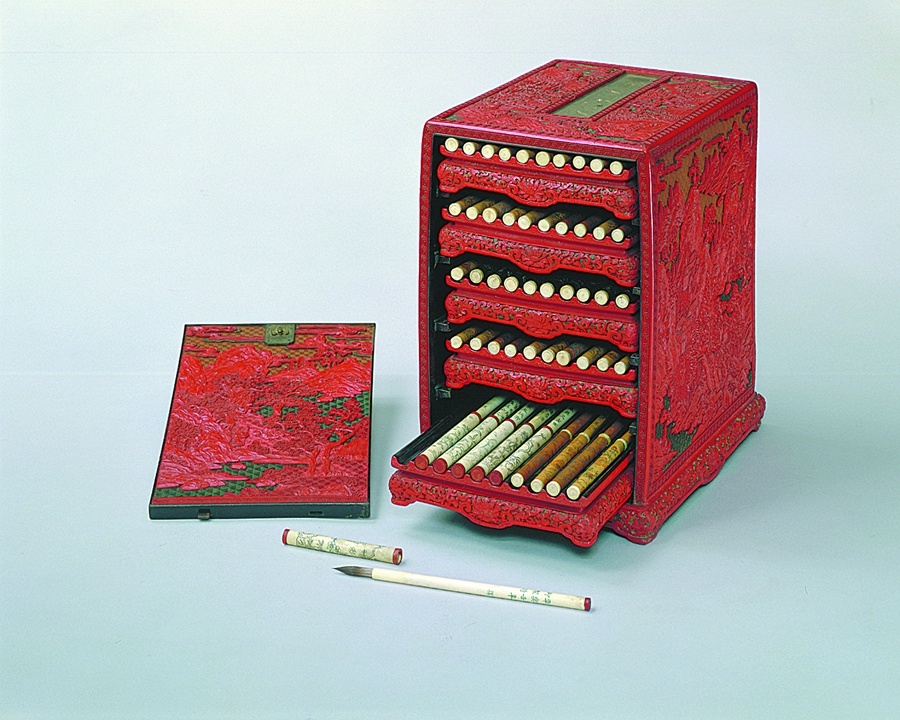
An 18th-century casket holding writing brushes for Emperor Qianlong's use.[Photo provided to China Daily]
Of course, the "Four Treasures of the Study", referring to writing brushes, paper, ink and the inkstone (mortar to grind the ink), are the highlights in the exhibition. Exquisitely manufactured stationery, some items of which were owned by royals, may reflect how devoted the literati were toward their work.
"The literati's philosophical thinking concerning heaven and earth could have also been inspired through other exhibits on show, such as jade and bronzeware," Wang adds.
In ancient China, jade and bronze artifacts bear key roles in traditional rituals of worship and reflect people's views about the universe, Wang says. They are commonly seen in studies, like an exhibited bronze vessel dating back to the Shang Dynasty (c. 16th century-11th century BC), and a Qing Dynasty (1644-1911) jade cong, with a pattern that first appeared more than 5,000 years ago.
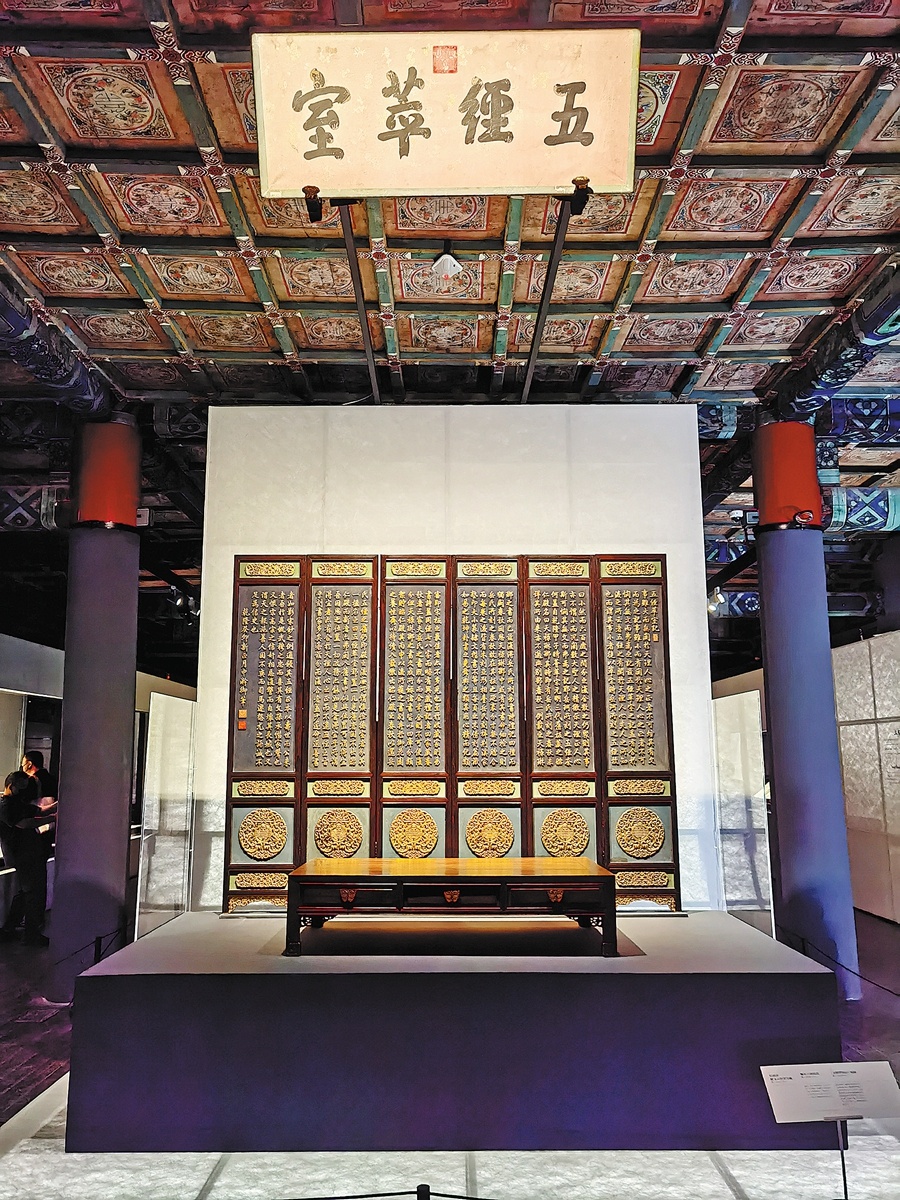
Settings and artifacts from Wujing Cuishi in the Forbidden City are on display at the ongoing exhibition.[Photo by Wang Kaihao/China Daily]
Guqin, the traditional Chinese plucked musical instrument associated with a sense of unadorned antiquity, may also create the perfect atmosphere for a study. Watching an exhibited guqin from the Southern Song era (1127-1279) being played, visitors can imagine a scenario in which ancient sages refer to its slow but refined melody for mental cultivation.
The great poet Tao Yuanming (365-427), also known for his reclusive lifestyle, once said: "In my younger years, I remained aloof to worldly affairs, and literature and music were my haven."
Wang says that it was this musing that inspired him to design the exhibition. When hung on the wall of the gallery, Tao's words may also enlighten visitors, encouraging them to think of their own paths they find to sneak away from their mundane daily routines, if only for a little while.
The Orchid Pavilion Preface, created by the 4th-century calligraphic guru Wang Xizhi, is probably one of the everlasting Chinese literary classics about a gathering of literati. Though being outdoors, the pavilion in present-day Zhejiang province is perhaps among the most famous "studies" in China.

Bronzeware from the Shang Dynasty (c. 16th century-11th century BC) is shown at an ongoing exhibition in the Palace Museum.[Photo provided to China Daily]
The whereabouts of the original work is now unknown, but facsimiles from generations of calligraphers still enable modern people to enjoy it and envision the glamour of the event described. As such, one of these copies, made by Mi Fu, one of the most acclaimed calligraphers from the Northern Song era (960-1127), is a must-see at the exhibition.
Apparently, this poetic ethos was inherited by his son Mi Youren. In a scroll painting named Xiaoxiang Qiguan Tu ("wonders on the river"), the junior Mi adeptly depicts the mountains, clouds, sky and the river. In their respective studies, they created a new style of landscape painting that had a long-lasting historical influence.
Wang also particularly recommends the viewing of another iconic painting from the Northern Song era: Keshi Pingyuan Tu ("rugged stones reaching far") by Guo Xi. Autumn falls on the wilderness and a slope is separated by a zigzagging river. The twirling and twisting branches of a dried tree resemble a claw, and almost half of the picture was just left empty, creating space for viewers to fill with their imagination.
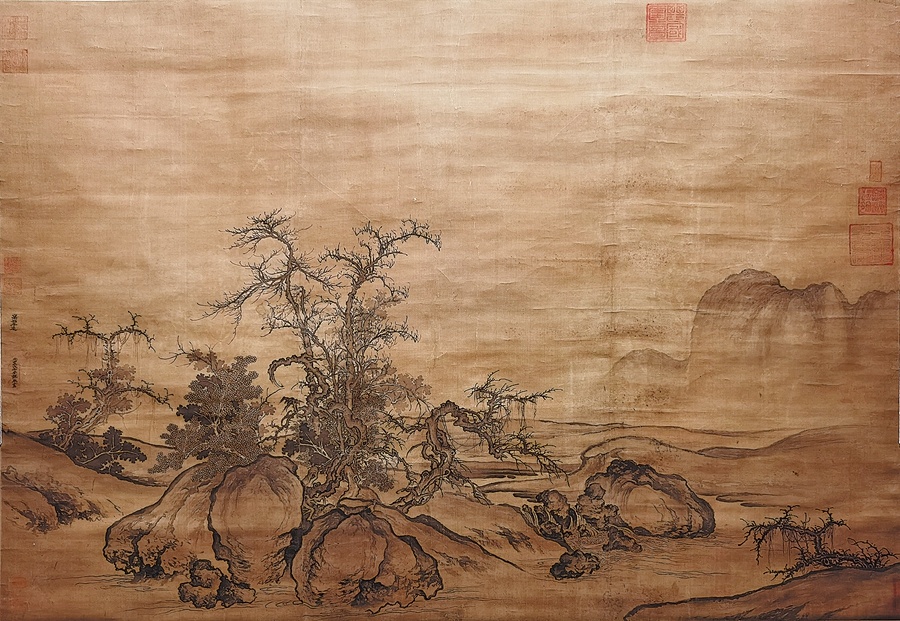
Keshi Pingyuan Tuby Guo Xi is one of the key paintings displayed at the ongoing exhibition to reflect the emotion of ancient Chinese literati.[Photo provided to China Daily]
Like a reclusive artist itself, this painting has not been publicly exhibited for more than 20 years.
Other key exhibits are created by household names from Chinese history, like Wen Tianxiang, the Southern Song general who showed his loyalty and strong spirit in fighting until the final years of the dynasty.
Being a member of the literati, who could retreat from worldly noise, became the ultimate goal for many rulers, as this exhibition shows. When Zhu Youjian, the last emperor of the Ming Dynasty (1368-1644), wrote three words si wu xie ("mind remains innocent") on a giant paper, he might have truly wanted to forget the social crisis that marred his reign and regain inner peace.

Bronzeware from the Western Zhou Dynasty (c. 11th century-771 BC) is shown at an ongoing exhibition in the Palace Museum.[Photo provided to China Daily]
And Emperor Qianlong of the Qing Dynasty would probably have been a scholar or artist if he was not bestowed the throne. Hand-copying the long paragraphs of Da Bao Zhen ("admonitions for the rulers"), he also wanted to remind himself of proper behavior, as demanded by ancient scholars.
As pine, plum and bamboo were widely honored by ancient Chinese literati for their unswervingly strong spirit in winter, Emperor Qianlong also once wrote in a poem: "How I hope to befriend them amid frost and snow; our innate virtues strike a chord just as voices echo."
As Wang points out, the exhibited artworks show the ancient Chinese literati's lasting pursuit for self-cultivation, which means to "rectify the mind, form the character, and regularly reflect on one's conduct".

A guqinfrom the Southern Song period (1127-1279) on show.[Photo provided to China Daily]
"They regard it as the foundation of humanity," he explains. "Only by solidifying this foundation can one bring harmony to the family, the country, and the world. Virtue is always important, no matter whether you are overseen by others."
Ren Wanping, deputy director of the Palace Museum, says that the exhibition also has its modern significance, encouraging people to think about what a study means in a modern context.
"People are exposed to a vast cyberspace and numerous virtual worlds," she says. "But inside our hearts there is always space for an invisible 'study', for reading, thinking and reflection."

Modern artworks inspired by Chinese studies offer a chance for dialogue between the present and the past.[Photo by Wang Kaihao/China Daily]
Consequently, the Palace Museum has also made an attempt at launching a dialogue between these ancient artifacts and modern creativity. A group of modern artists were invited to visit the studies in the Forbidden City last year and create new works based on the inspiration their surroundings provided. These works are also displayed in the galleries to showcase that the ethos of the ancient literati still lingers.
"A study, whether in a physical form or in our soul, is the place where cultural achievements are nurtured," Ren says. "Modern life can benefit a lot by absorbing nutrients from ancient times."
The exhibition is to run until Oct 23 with a daily visitor limit of 3,000.Reservations for the Meridian Gate Galleries can be made through the Palace Museum's online platforms.
想爆料?请登录《阳光连线》( http://minsheng.iqilu.com/)、拨打新闻热线0531-66601253,或登录齐鲁网官方微博(@齐鲁网)提供新闻线索。齐鲁网广告热线0531-66601253,诚邀合作伙伴。

Time to feel mellow
- [Photo provided to China Daily] As we move through autumn, blue skies, crystalline dewdrops and the bejewelled flora usher...[详细]
- 中国日报英文版 2022-09-06
'Monster' Xu back on the prowl
- Xu Can in training.Xu Can, China's former featherweight world champion known as the "Monster", has recovered from injury and wi...[详细]
- 中国日报英文版 2022-09-06

Changing minds on mental health
- Wang Zhen, the deputy director of the Shanghai Mental Health Center, shares his research results with his colleagues. In fac...[详细]
- 中国日报网英文版 2022-09-06

2022年济南市历城区中青年干部培训班开班
- [详细]
- 齐鲁网 2022-09-05

济南南山交警:“雷霆行动”火力全开 查获多起非法改装机车
- [详细]
- 齐鲁网 2022-09-05

争创标杆开新局 质量强市促发展 2022年“质量月”活动正式启动
- [详细]
- 齐鲁网 2022-09-05
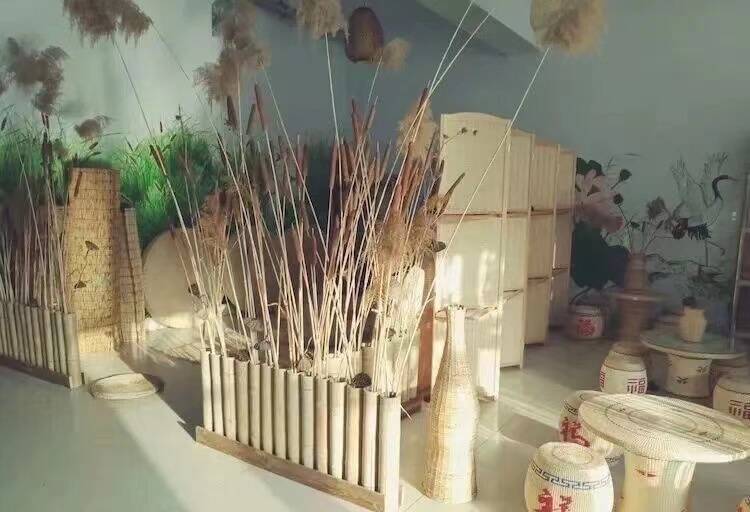
排位第一!济南市章丘区荣获“山东省民间文化艺术之乡”建设典型案例
- [详细]
- 齐鲁网 2022-09-05

济南市历城区市场监管强化食品安全多元共治
- [详细]
- 齐鲁网 2022-09-05
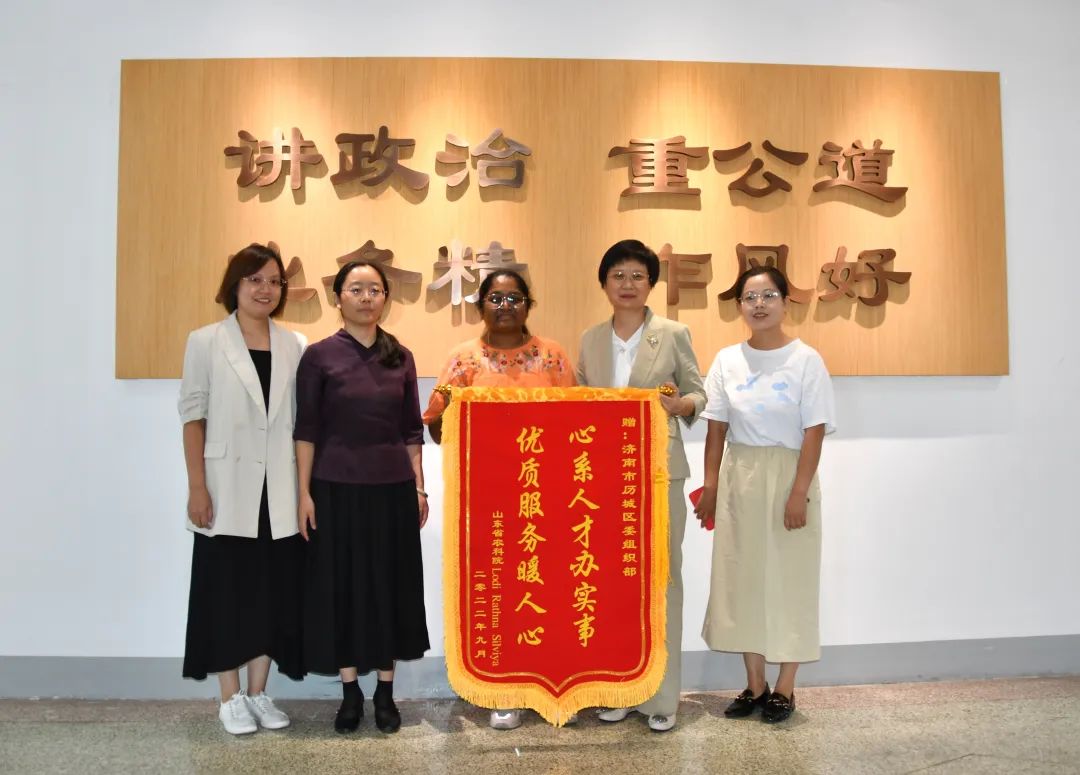
让人才安心!印度籍博士后子女在济南历城顺利入学
- [详细]
- 齐鲁网 2022-09-05

济南:科技助力 为寻亲插上信息化的翅膀
- [详细]
- 齐鲁网 2022-09-05

济南市组织开展“中华慈善日”主题宣传活动
- [详细]
- 齐鲁网 2022-09-05

最高可满减600元!2022年第二期济南市“泉城购”家电消费券活动来了!
- [详细]
- 齐鲁网 2022-09-05

最高可领取7000元!济南市第三期政府汽车消费券来了!
- [详细]
- 齐鲁网 2022-09-05
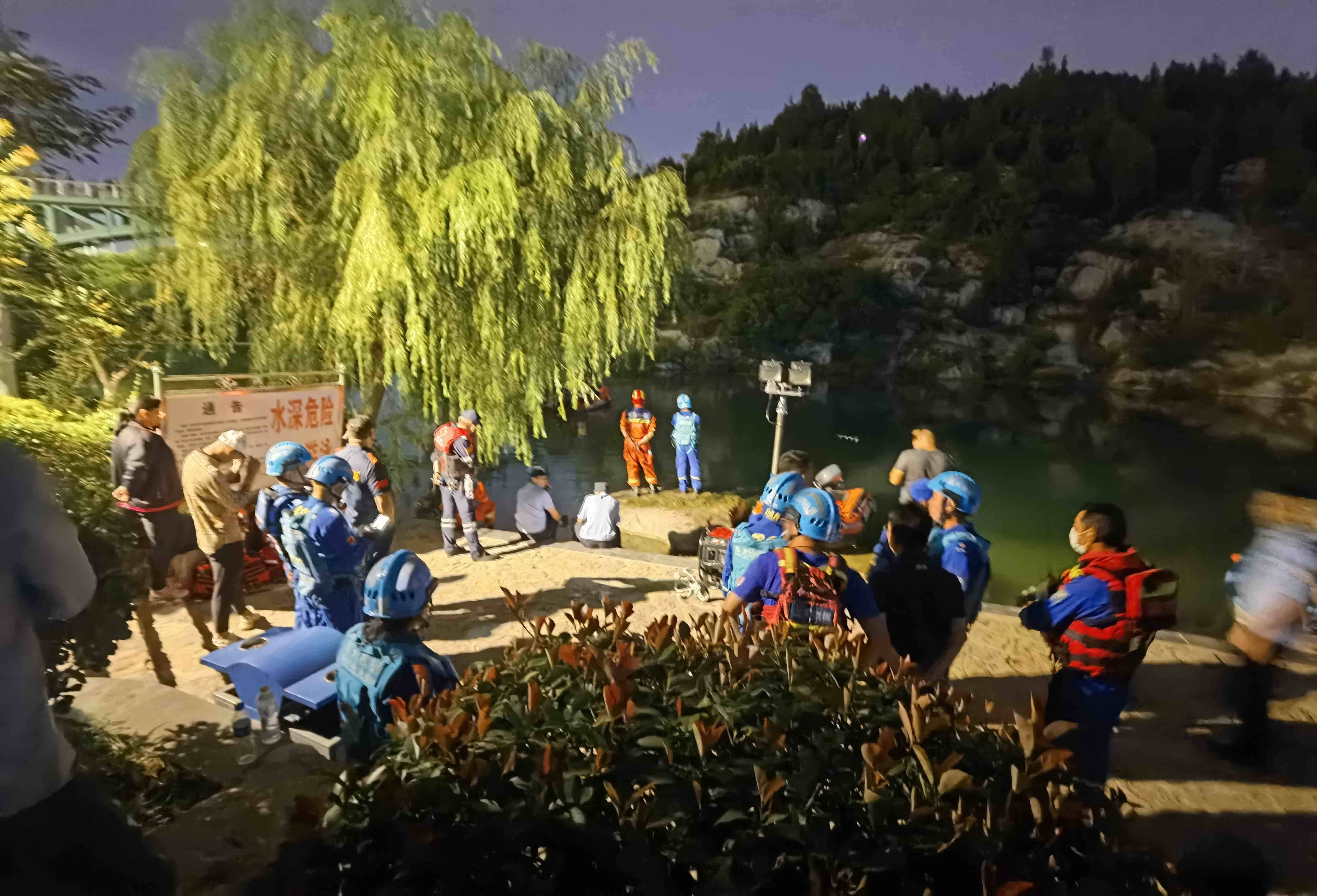










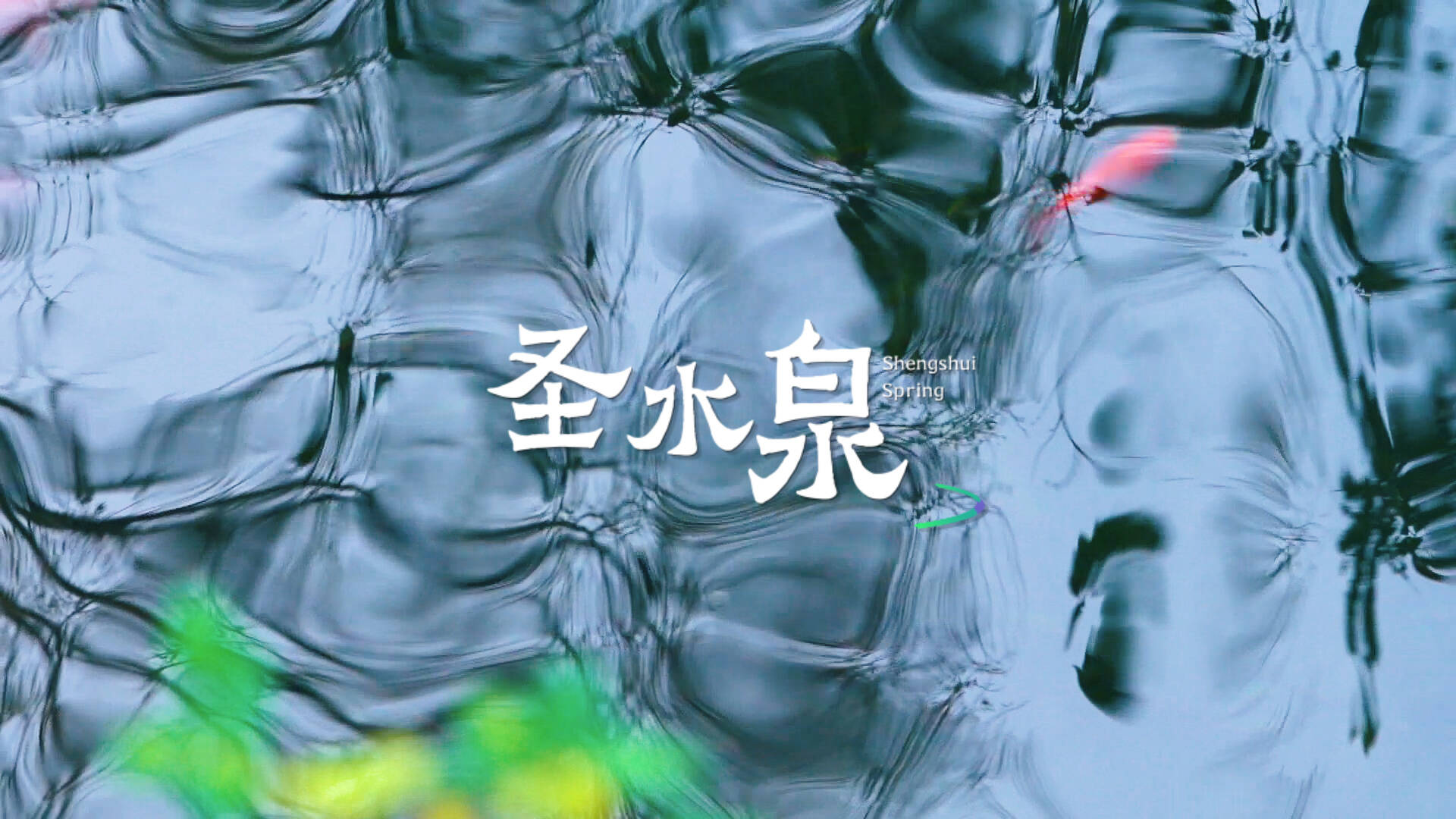

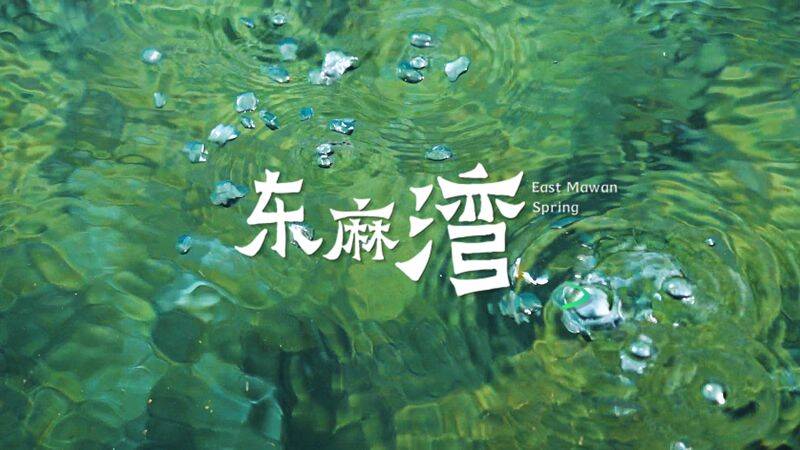
网友评论仅供网友表达个人看法,并不表明齐鲁网同意其观点或证实其描述我来说两句